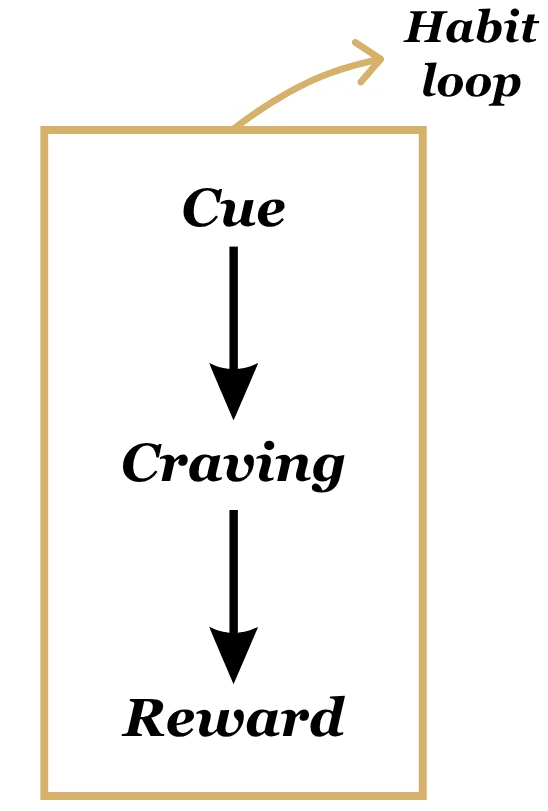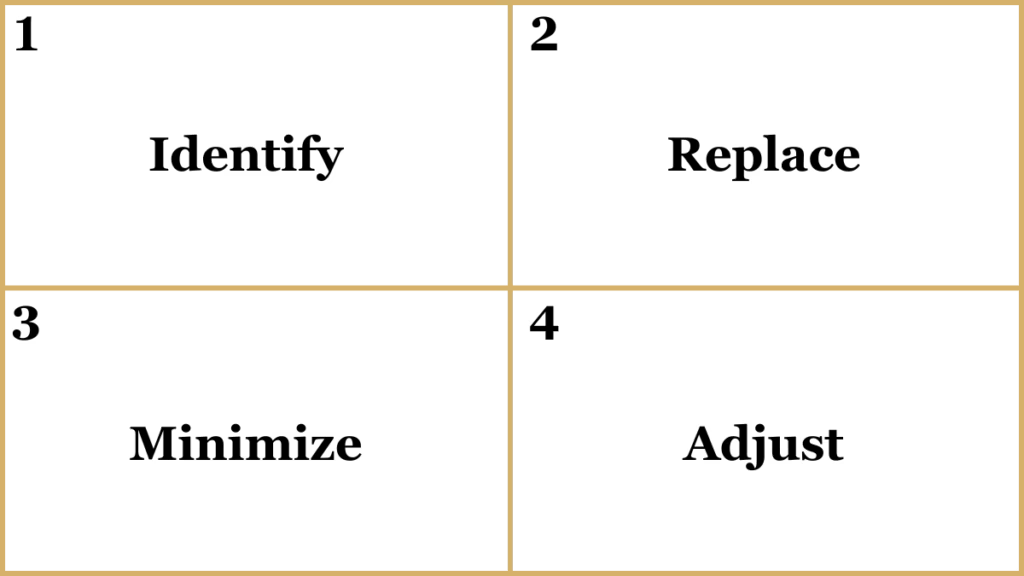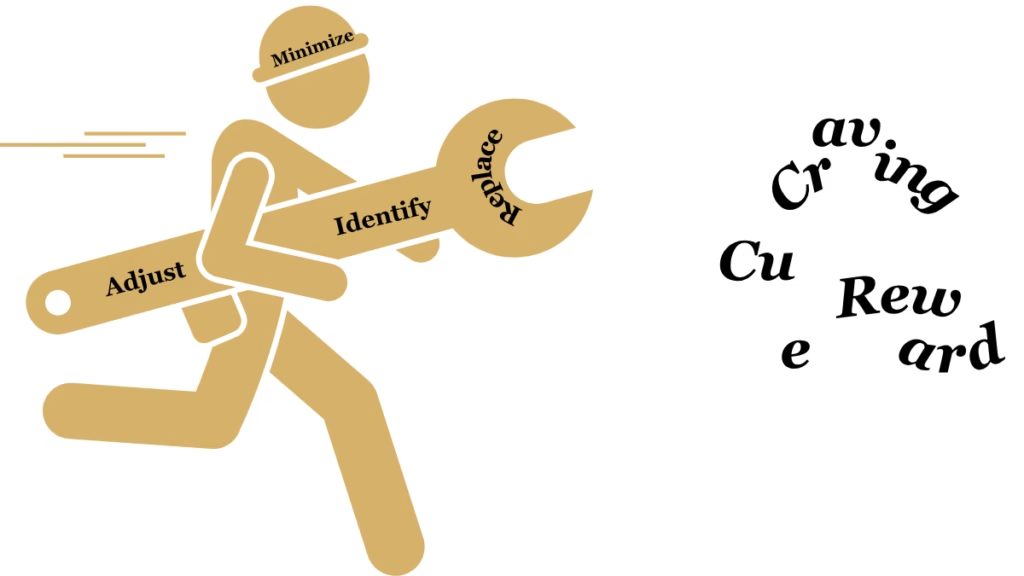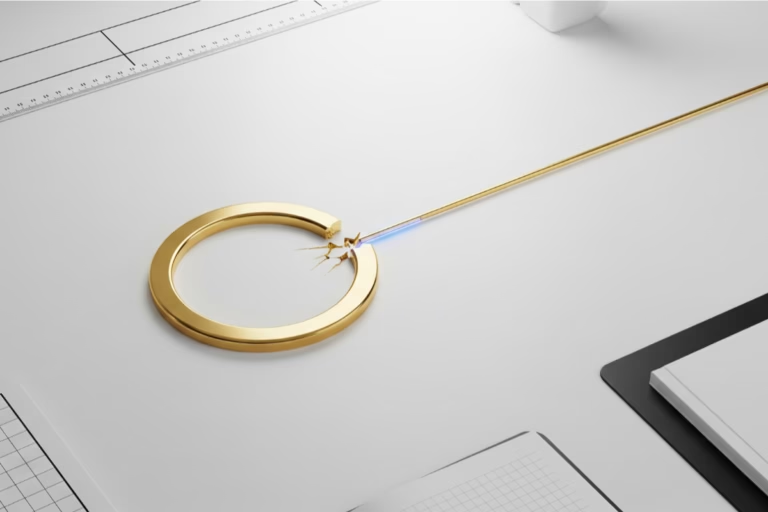How to Fix Broken Habits Without Starting Over
How do you fix a broken habit without starting over? You don’t reset—you repair. Instead of scrapping your progress, you rebuild momentum by identifying what broke, adjusting your cues, and scaling your habit down until it fits again. This article walks you through how to fix broken habits without starting over using proven methods from behavioral psychology and habit building systems. Whether you’ve missed a few days or lost your routine entirely, the key is restoration, not reinvention. We utilize expert insights and precision-based strategies to help you restore consistency—without compromising the identity you’ve built.


Why “Starting Over” Weakens Progress
When a habit breaks, the instinct is often to throw everything away and begin again. But this mindset doesn’t foster growth—it undermines it. High performers build a mindset of discipline and resilience. They don’t reset every time something slips. They recalibrate and repair.
Perfection is not the goal. Precision is. In the world of sustainable performance, knowing how to fix broken habits without starting over is a competitive advantage. It preserves self-trust, builds momentum, and strengthens identity.
The Habit Loop & the Cost of Resetting
Habits are governed by a psychological loop: cue → routine → reward. When life disrupts your system, the loop weakens but doesn’t vanish. Starting over implies the previous loop had no value. But it did—and it still does.
Resetting erodes confidence. It tells your brain, “The last effort didn’t count.” Over time, this message severs the connection between behavior and belief. Instead of building identity, you reinforce inconsistency. If you’re committed to long-term performance, you must repair broken habits, not discard them.
Research Insight: 30–60 Days & Consistency
According to Charles Duhigg, the author of The Power of Habit, habit formation relies on the stability of the cue-routine-reward loop. But it doesn’t demand perfection. Habits form through consistency, not streaks.
BJ Fogg, founder of the Stanford Behavior Design Lab, emphasizes that tiny, reliable actions outperform occasional grand efforts. If your habit broke on day 27, that doesn’t erase the 26 days before it. You don’t need a clean slate. You need a continuity strategy. For more information on how long it actually takes to form a habit see our post here.
The most effective way to resume habits without restarting is to acknowledge what worked, isolate what broke, and return with precision.


4-Step Habit Repair Process
Fixing a broken habit is less like rebuilding a house and more like tightening loose screws. It requires clarity, not intensity.
1. Pinpoint the Breakpoint
Audit the disruption:
- Did the cue vanish?
- Did your environment shift?
- Was your motivation depleted?
- Did self-sabotage break the habit?
Use this internal inventory to identify your weak point. Often, the sabotage stems from subtle shifts—a missed morning trigger, a trip that altered routine, or a belief that said, “You’re slipping, so stop.”
Recognizing the breakpoint is the first step in habit recovery techniques. It anchors your repair effort in reality, not emotion.
2. Reactivate or Replace Your Cue
If your old trigger no longer fits, don’t fight it. Replace it. This is where habit cue replacement comes in.
Leverage habit stacking (coined by S. J. Scott): attach your desired behavior to an existing routine.
Example: If your meditation habit broke because mornings became chaotic, move it. Stack it onto brushing your teeth or making coffee.
This keeps your habit loop cue-routine-reward structure alive while adapting to new realities.
3. Scale Down with Micro-Habits
After a break, the worst strategy is trying to resume full power. That creates overwhelm and reinforces avoidance. Instead, reduce the load.
- 10 pushups instead of a 45-minute workout
- 2 minutes of journaling instead of 30
- One mindful breath instead of a full session
BJ Fogg’s motivation wave shows that we can ride small wins to stability. This makes it one of the most effective ways to fix broken habits without starting over, especially when motivation is low but identity still matters.
4. Adjust Your Environment & Accountability
When systems fail, the surroundings often had a hand in it.
Audit your environment:
- Is your workspace cluttered?
- Are your tools out of reach?
- Are your distractions too accessible?
Use environment habit audit techniques. Optimize the space:
- Place a water bottle on your desk
- Keep your journal open on your nightstand
- Use apps like Streaks or Habitify for accountability
Add minimalist layers of friction where needed—and remove them where they block the loop. You’re engineering success by design.


Tools to Support Habit Repair
You don’t need a dozen tools—just the right ones. Use these to create precision, not clutter.
- Streaks, Habitify, or Way of Life: apps for minimalist habit tracking
- Paper Planners: use for visual reinforcement and time blocking
- Micro-journals: track emotional triggers, energy, and system performance
Choose tools that support your psychology, not overwhelm it. In many cases, simple tools make it easier to focus on how to fix broken habits without starting over.
What Experts Say About Fixing Broken Habits
- Charles Duhigg: Habits depend on a consistent cue-routine-reward cycle. When habits break, adjust the routine but protect the loop.
- BJ Fogg: Motivation fluctuates, but anchoring behaviors to existing moments ensures sustainability. Start tiny. Scale gradually.
- Judson Brewer: Use mindfulness to observe the craving behind avoidance. Habits break when discomfort replaces reward.
Common Challenges & Solutions
Travel
Solution: Recreate your cue in a new context. If you usually journal at your desk, journal on the plane or hotel nightstand.
Burnout
Solution: Rest becomes the new habit. Prioritize energy restoration. Then, return with scaled-down actions.
Feeling defeated
Solution: Use an “If–Then” plan: If I miss two days, then I’ll do 60 seconds of the habit to re-enter.
Slips are not signs of failure. They are part of the performance cycle.
Sustaining Momentum for Longevity
Monthly Health-Checks
Every 30 days, ask:
- Is the cue still effective?
- Is the reward still meaningful?
- Is the routine still aligned with my goals?
Adjust as needed. Performance is iterative.
Embrace Imperfection
A broken habit is not a broken identity. Let yourself pivot. Let systems evolve. Your consistency isn’t erased—it’s redirected.
This is how to fix broken habits without starting over: not by punishing missteps, but by responding with precision.
Final thoughts
Performance is not built on streaks. It’s built on recovery. On adjustments made mid-stride. On refining what failed instead of erasing what worked.
To fix broken habits without starting over is to choose clarity over chaos. It’s to reclaim identity, not reset it. When momentum slips, don’t retreat—repair.
Thovia exists for the individuals who perform with intention. The ones who design systems that hold under pressure. This guide isn’t about hacks. It’s about mastery. Don’t just start over. Rebuild with precision. Reinforce with action. And above all, stay in motion.
Common questions
u003cbr/u003eu003cbr/u003eu003cstrongu003eHow do you fix a broken habit without starting over?u003c/strongu003e
u003cbr/u003eTo fix a broken habit without starting over, you need to repair—not reset—your system. Begin by identifying the point of disruption: Was it your cue, your environment, or your motivation that broke down? Then reactivate or replace your cue, scale down the habit to a more manageable version, and optimize your surroundings for support. This precision-based approach allows you to restore momentum without losing the progress or identity you’ve already built. It’s the key to sustainable habit building and long-term performance.
u003cbr/u003eu003cbr/u003eu003cstrongu003eWhy is starting over bad for habit building?u003c/strongu003e
u003cbr/u003eStarting over disrupts the psychological loop that habits depend on: cue → routine → reward. It signals to your brain that previous progress didn’t matter, which weakens self-trust and identity reinforcement. In habit building, consistency matters more than perfection. Rather than resetting, it’s more effective to adjust your habit strategy, scale it down temporarily, and reinforce your existing loop. This keeps your momentum alive and protects the integrity of your performance systems.
u003cbr/u003eu003cbr/u003eu003cstrongu003eWhat are the best tools for repairing broken habits?u003c/strongu003e
u003cbr/u003eThe most effective tools for repairing broken habits are ones that support clarity and reduce friction. Habit-tracking apps like u003cstrongu003eStreaksu003c/strongu003e or u003cstrongu003eHabitifyu003c/strongu003e help you visualize consistency and hold yourself accountable. Micro-journals and paper planners allow you to track cues, triggers, and emotional patterns that affect habit execution. These tools don’t replace discipline—they support it. The key is to choose systems that reinforce your identity and align with your environment, not overwhelm it.





